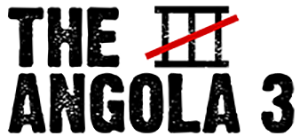Plantations Were Prisons: Mobilizing for the Aug. 19 Millions for Prisoners Human Rights March in Washington DC –Part one of an interview with Law Professor Angela A. Allen-Bell
(VIDEO: 2011 Amnesty International interview with Robert H.
King, entitled “Slavery Still Reigns in US prisons.”)
Plantations Were Prisons: Mobilizing for the Aug. 19
Millions for Prisoners Human Rights March in Washington DC
–Part one …

